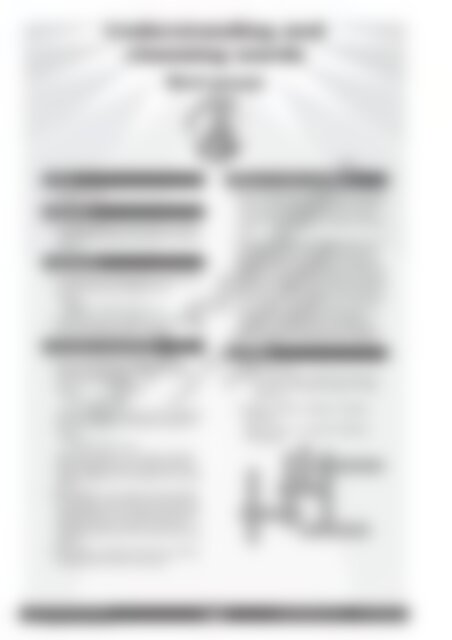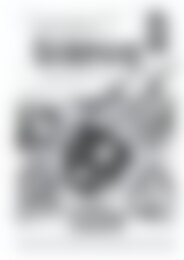RIC-6242 Primary Grammar and Word Study - Book C
Create successful ePaper yourself
Turn your PDF publications into a flip-book with our unique Google optimized e-Paper software.
Underst<strong>and</strong>ing <strong>and</strong><br />
choosing words<br />
<strong>Word</strong> groups<br />
Focus<br />
Compound words<br />
Definition<br />
• A compound word is formed when two words are<br />
joined together to make a new word with a different<br />
meaning.<br />
Explanation<br />
• In many cases, the meaning of the compound word<br />
is related to that of its constituent words.<br />
Example:<br />
daytrip – a trip taken during the day<br />
• Students will have fun identifying <strong>and</strong> making new<br />
words while developing their vocabulary.<br />
Worksheet information<br />
• Prior to completing the sheet, look around the<br />
classroom <strong>and</strong> identify the names of any objects<br />
which are compound words.<br />
Example:<br />
classroom, blackboard<br />
Encourage students to suggest any other compound<br />
words <strong>and</strong> discuss the words they are made from.<br />
Example:<br />
bumblebee, firefly, butterfly<br />
Discuss the meanings of all the words, explaining<br />
that the compound word has a different meaning<br />
from its constituent words although they are usually<br />
related.<br />
• With Question 1, read through the text <strong>and</strong> identify<br />
the compound words. Compare the meaning of the<br />
compound words <strong>and</strong> their constituent words. Note<br />
that all but ‘forward’ are related in meaning. For<br />
this reason, students may find ‘forward’ less easy to<br />
identify.<br />
• With Question 2, students read the clues to find the<br />
compound words to place in the puzzle.<br />
Ideas for further practice<br />
• Make laminated cards on which a single constituent<br />
word of a compound word is written. Use the cards<br />
to play games such as ‘Snap’ <strong>and</strong> ‘Pairs’, where<br />
each pair must join together to make the compound<br />
word.<br />
• Read familiar stories <strong>and</strong> highlight compound words.<br />
On A3 paper, write the title of each story <strong>and</strong> the<br />
compound words found. Compare the meanings of<br />
the words to their constituent words. Ask: Which are<br />
general high-frequency words? Which are specific to<br />
the subject of the story? Hang the words around the<br />
classroom on mobiles made from wire coathangers.<br />
• Type ‘compound words’ into a search engine. Use<br />
the variety of activities on offer for students to<br />
consolidate their knowledge <strong>and</strong> underst<strong>and</strong>ing of<br />
compound words <strong>and</strong> to develop their vocabulary.<br />
Answers<br />
1. (a) Teacher check<br />
(b) for + ward, week + end, birth + day, camp +<br />
site, light + house, bed + time, pan + cakes,<br />
camp + fire<br />
2. Across: 4. waterfall, 6. teatime, 7. matchbox,<br />
8. dishcloth<br />
Down: 1. peanut, 2. scarecrow, 3. tablecloth,<br />
5. newspaper<br />
©R.I.C. Publications<br />
Low Resolution Images<br />
Display Copy<br />
7<br />
5<br />
P<br />
S E T<br />
C A W A T E R F A L L<br />
N A N B<br />
E R U L<br />
W T E A T I M E<br />
S C C<br />
P R L<br />
M A T C H B O X O<br />
P W T<br />
E D I S H C L O T H<br />
R<br />
6<br />
1<br />
2 3<br />
8<br />
4<br />
<strong>Primary</strong> grammar <strong>and</strong> word study 38<br />
www.ricpublications.com.au R.I.C. Publications ®<br />
ISBN 978-1-74126-766-2


















